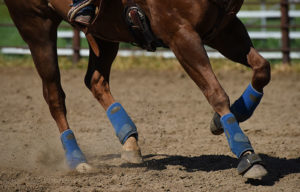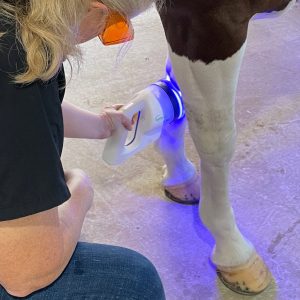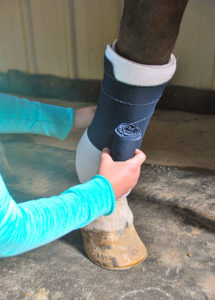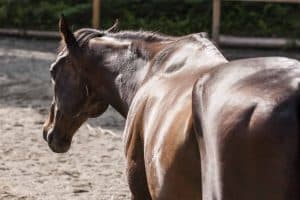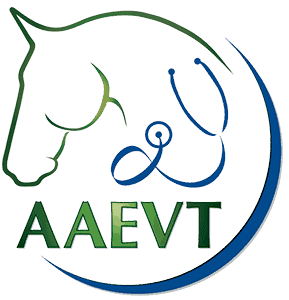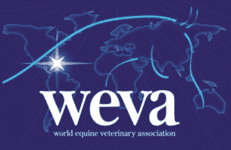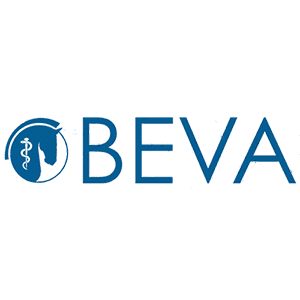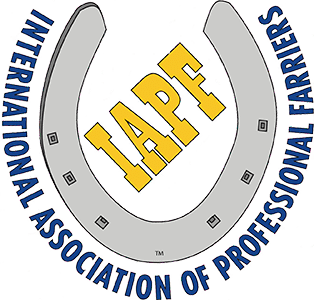Cleft Palate in Horses
- Topics: Article, Cleft Palate, Foal Care, Upper Airway Problems
My filly, which is only a few days old, dribbles milk from her nose when she nurses her dam. The veterinarian who delivered her has been back out to check this, and he tells me that she has a cleft palate. Does this mean the same as it does in humans? What kind of problems am I going to have with this filly?
AA cleft palate is an uncommon congenital defect in the foal that usually is the result of a developmental defect of the soft palate, and in rare occasions, the hard palate. This defect most often is detected at birth through the use of an endoscope.
A cleft palate refers to the tissue that separates the oral cavity from the nasal cavity. Toward the front of the skull, the palate is bony and termed the hard palate (the roof of the mouth). The back part of the palate is composed of only soft tissue, hence the term ‘soft palate.’ The palate forms from two sides that fuse together on the midline. When this fusion does not occur normally during embryological development, it is termed a cleft palate. The important point is that any part of the palate can be ‘cleft.’ In the horse, cleft palate most commonly involves only the soft palate and sometimes a bit of the hard palate. It is (fortunately) uncommon to have a completely cleft palate. A cleft lip also is possible in severe cases.
Symptoms of a cleft palate include bilateral nasal discharge during eating, difficulty swallowing, and signs of aspiration pneumonia, an infection in the lungs that is caused by the inhalation of food material. The most obvious symptom of a cleft palate is milk or other feed coming out of one or both nostrils. The palate serves to separate the mouth from the nose, and when there is a defect, food taken by mouth spills into the nasal passages and out the nose. This nasal regurgitation of milk is most obvious during nursing. Foals also will show secondary signs such as poor weight gain, pneumonia, and general unthriftiness
Create a free account with TheHorse.com to view this content.
TheHorse.com is home to thousands of free articles about horse health care. In order to access some of our exclusive free content, you must be signed into TheHorse.com.
Start your free account today!
Already have an account?
and continue reading.





